OceanGate co-founder claims he can ‘safely’ send people to Venus – despite company’s doomed Titan voyage that killed five men a year ago
The co-founder of the company that built the doomed Titan submarine now claims he can safely send humans to Venus by 2050.
Guillermo Söhnlein founded OceanGate in 2009 with Stockton Rush, who died a year ago when Titan imploded along with four other men during a dive to the Titanic wreck site.
Despite this poorer safety record, however, Mr. Söhnlein is now building a “global community” of Venus enthusiasts to bring human colonies to the planet.
In a blog post, he claims, “We could begin our Venusian journey TODAY… and do it safely and cost-effectively.”
With surface temperatures high enough to melt lead and an atmosphere filled with sulfuric acid clouds, most scientists say Venus is completely uninhabitable.
Guillermo Söhnlein (pictured), co-founder of the company that produced the doomed Titan submarine, now says he can send people to Venus ‘safely’
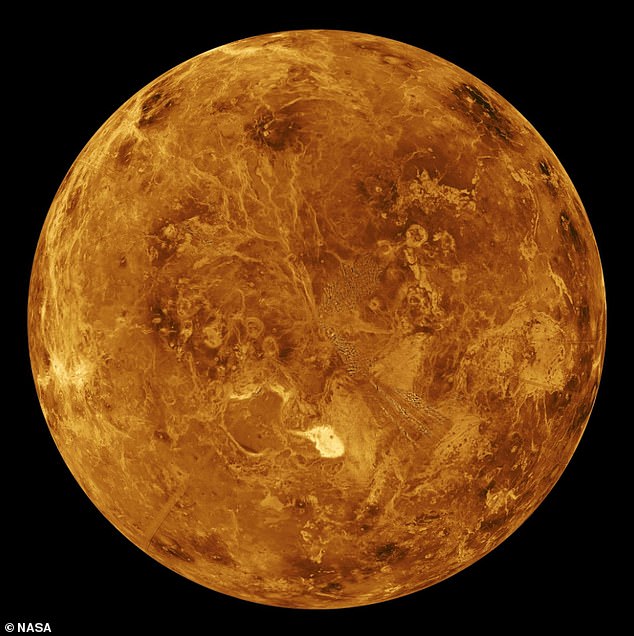
Today, Venus is the hottest planet in the solar system, with a surface hot enough to melt lead and a thick atmosphere containing toxic clouds of sulfuric acid.
Although Venus is sometimes called Earth’s sister planet, it couldn’t be more different from our own planet.
At a distance of 25 million miles, it would take people several months to get there, but the main problem is the hostile conditions.
With temperatures above 464°C (867°F) and a pressure equivalent to 914 meters (3,000 feet) beneath Earth’s ocean, Venus is not wrongly described as a hellish world.
Mr Söhnlein – who left OceanGate a decade ago – does not plan to attempt a landing on the surface of Venus, but suggests that humans could live in floating cities about 50 kilometers above Venus’ surface.
At this altitude, gravity is equal to 98 percent of Earth’s, something Mr. Söhnlein believes is essential for the survival of a human colony.
Furthermore, the air pressure at this altitude is the same as that on the Earth’s surface and temperatures remain at a relatively tolerable 30-50°C (86-122°F).
As for the sulfuric acid clouds, he says they “can be overcome with breathing apparatus and acid-resistant materials” or converted into drinking water.
In April, Mr. Söhnlein wrote in his Humans2Venus blog that he thinks Venus is a better prospect for humans than Mars, a focus of NASA and Elon Musk’s SpaceX.
“The reality is that Venus is much closer to Earth and has a much similar orbit, making it much more accessible than Mars (lower cost, more frequent flight windows, shorter transit times, higher safety, etc.),” he said.
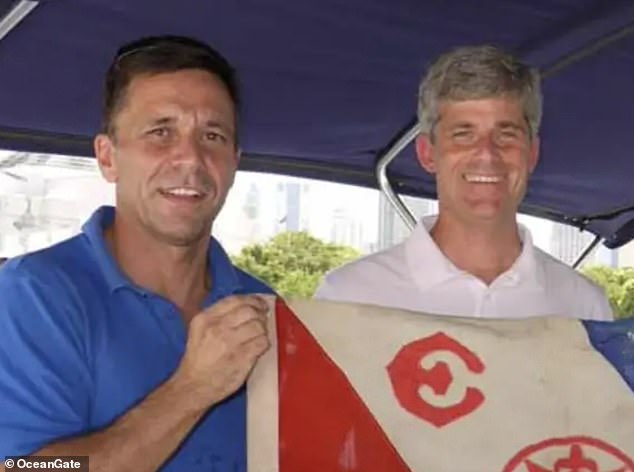
Mr Söhnlein (left) is pictured here with OceanGate co-founder Stockton Rush, who died last year when their Titan submarine imploded
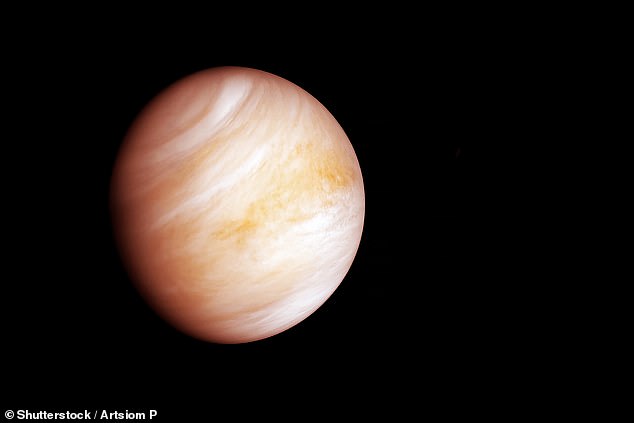
The planet Venus is closer to Earth than Mars, but its climate is extremely inhospitable with temperatures high enough to melt lead and an atmosphere filled with clouds of sulfuric acid
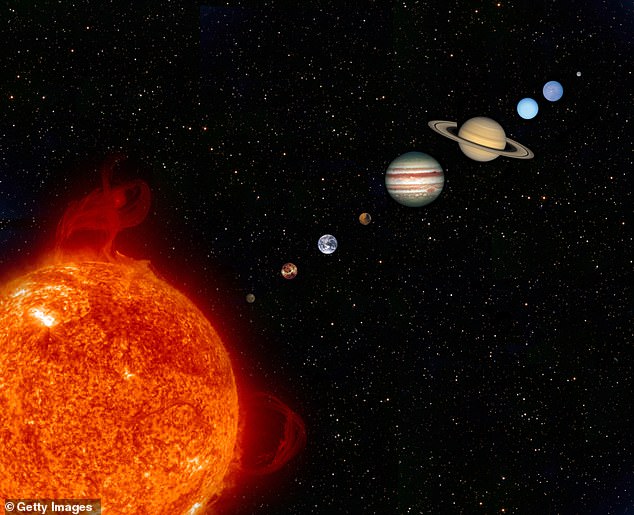
At certain points in its orbit, Venus is about 38 million kilometers from Earth, which could make it easier to reach than Mars
‘Furthermore, we don’t have to worry about conducting successful landings on the Earth’s surface, which is one of the biggest challenges that await us on Mars.
“If anything, you could argue that sending people to Venus BEFORE sending them to Mars could be a better way to safely develop the capabilities to create a community on Mars.”
In an interview with Times Radio last year, Mr Söhnlein said he was involved in “the early stages” of a development program that designed predecessors to Titan subs, but not Titan itself.
However, his association with the company could tarnish his reputation as a leader in research.
OceanGate, which he co-founded with Stockton Rush in 2009, became infamous after his submarine suffered a “catastrophic implosion” less than two hours after its dive on June 18, 2023.
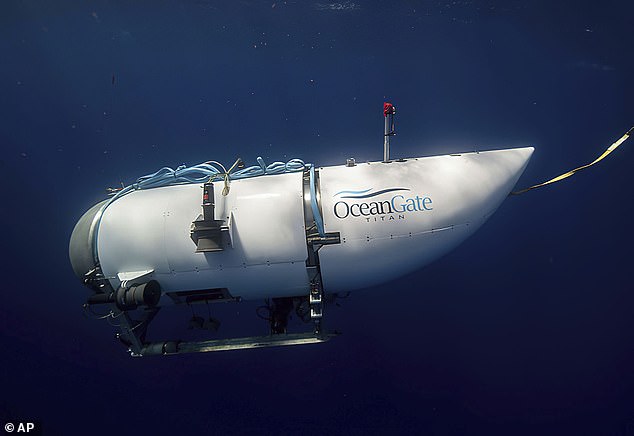
Mr. Söhnlein’s reputation in research has been tarnished by his association with OceanGate, the company that made the ill-fated Titan submarine.
The subsequent media attention revealed a history of safety problems, including concerns about the integrity of the hull.
In 2018, OceanGate fired their director of maritime operations David Lochridge, who later claimed he was fired for whistleblowing.
Mr Lochridge claimed he was dismissed after raising safety issues, including ‘visible defects’ in the ship’s hull.
However, according to his LinkedIn, Mr Söhnlein had left his position as COO of OceanGate in 2013 – years before the disaster and Mr Lochridge’s wrongful dismissal claims.
Since leaving OceanGate, Mr. Söhnlein is now pursuing the extremely ambitious goal of sending humans to Venus.
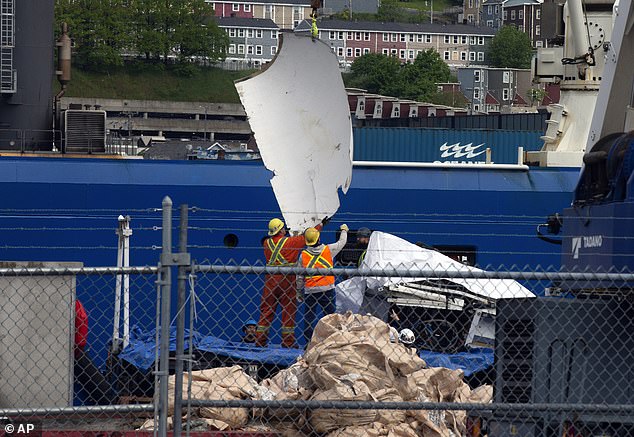
Following Titan’s implosion last year, it was revealed that safety issues had been raised for years by staff and external agencies
He founded the Humans2Venus foundation in 2020 with the aim of creating “the largest global community of general and professional Venus enthusiasts.”
In January this year, the Argentina-born entrepreneur also founded Space Bridge Partners, a company that connects commercial investors with space exploration missions.
And despite humans not yet having even established a working base on the moon, he remains optimistic that 2050 is a realistic goal for a Venusian colony.
A draft timeline from the company shared in 2023 suggests that there could be manned stations on the planet before 2040.
NASA has previously considered establishing a floating colony in Venus’ atmosphere with the High Altitude Venus Operational Concept (HAVOC).
In 2015, NASA engineers proposed that HAVOC could deploy lighter-than-aircraft vehicles into the atmosphere, which could eventually support a permanent human presence.
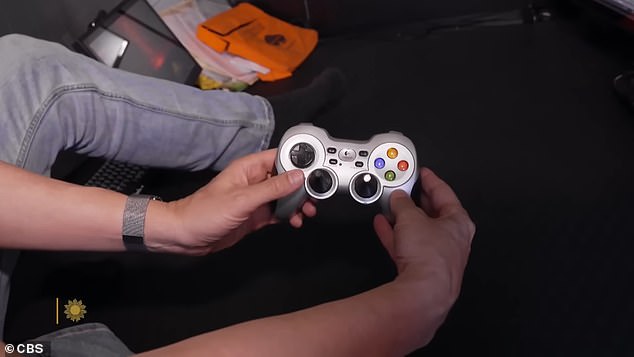
Notably, the Titan sub was found to be controlled with a store-bought game controller. Mr. Söhnlein had left the company before the submarine was destroyed

NASA has also proposed placing human colonies in Venus’ atmosphere with the HAVOC mission (pictured), but this remains a concept with no concrete plans for further progress.
While HAVOC remains largely an intellectual exercise with no concrete plans for moving forward, Mr. Söhnlein says he wants to have a thousand people on the planet by 2050.
Speak with Business insider in June last year he said: ‘Forget OceanGate. Forget Titan. Forget Stockton. Humanity could be on the brink of a major breakthrough and not benefit from it because we as a species will be eliminated and pushed back into the status quo.
“(Sending people to Venus) … it’s ambitious, but I think it’s also very possible in 2050.”
MailOnline has contacted Mr Söhnlein for further comment.
